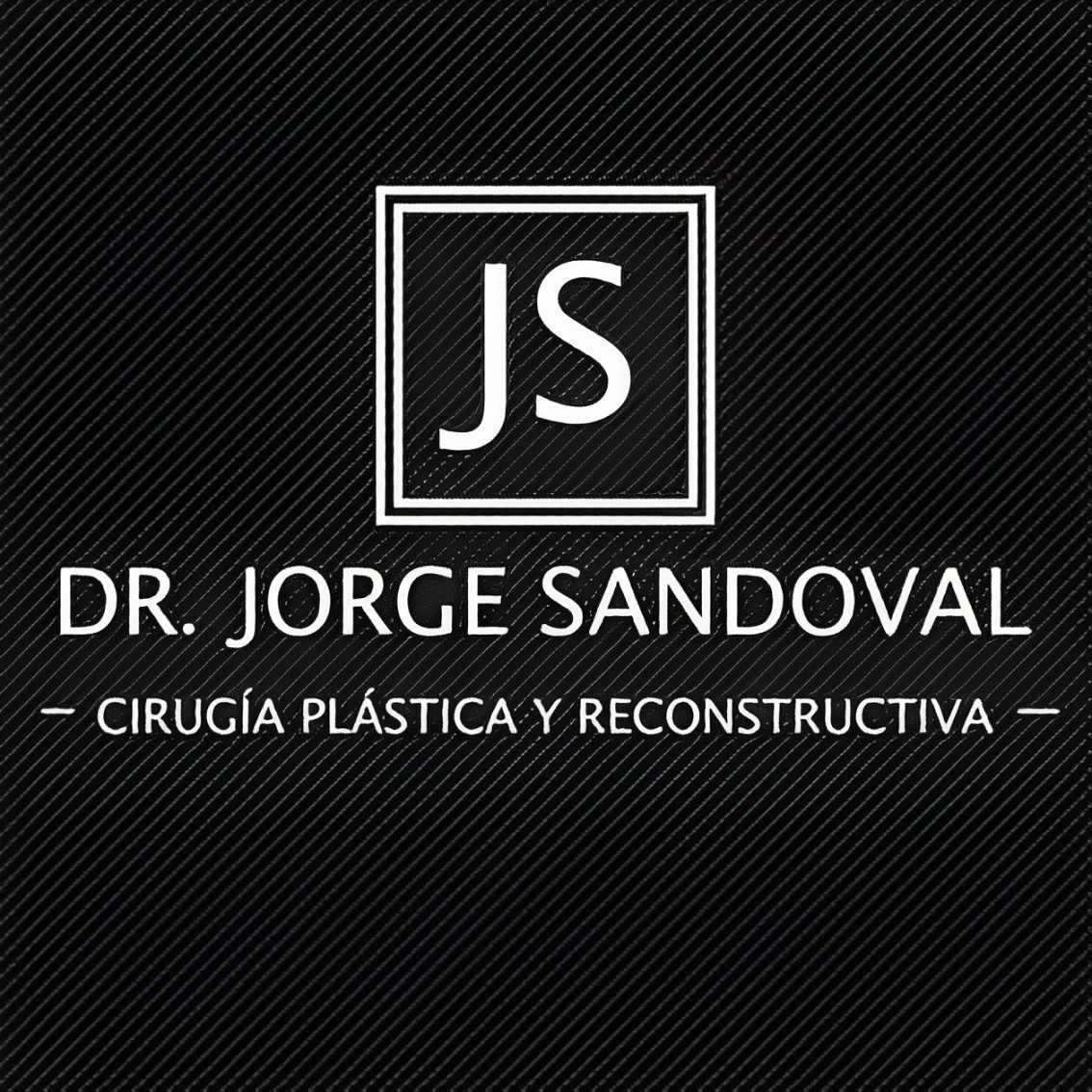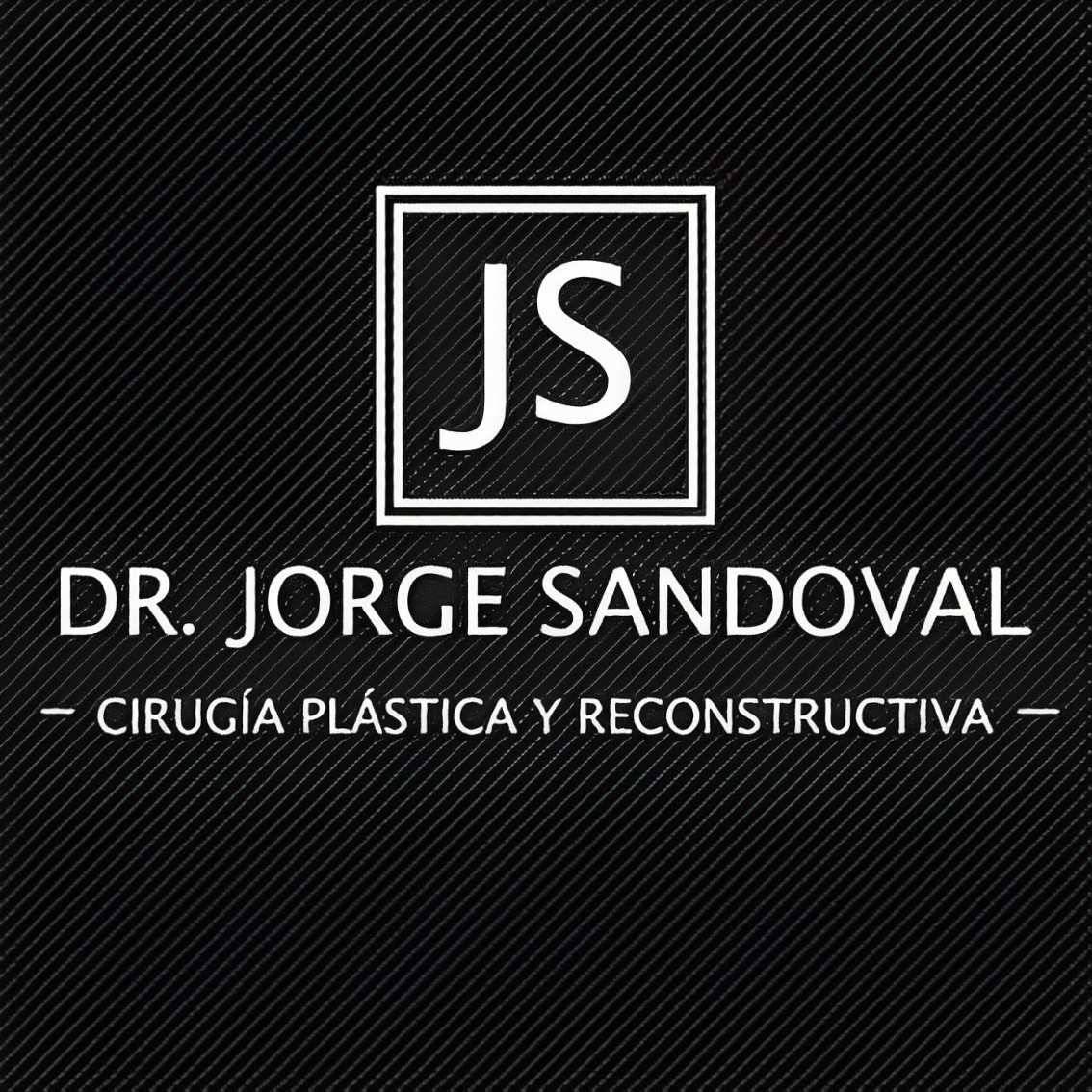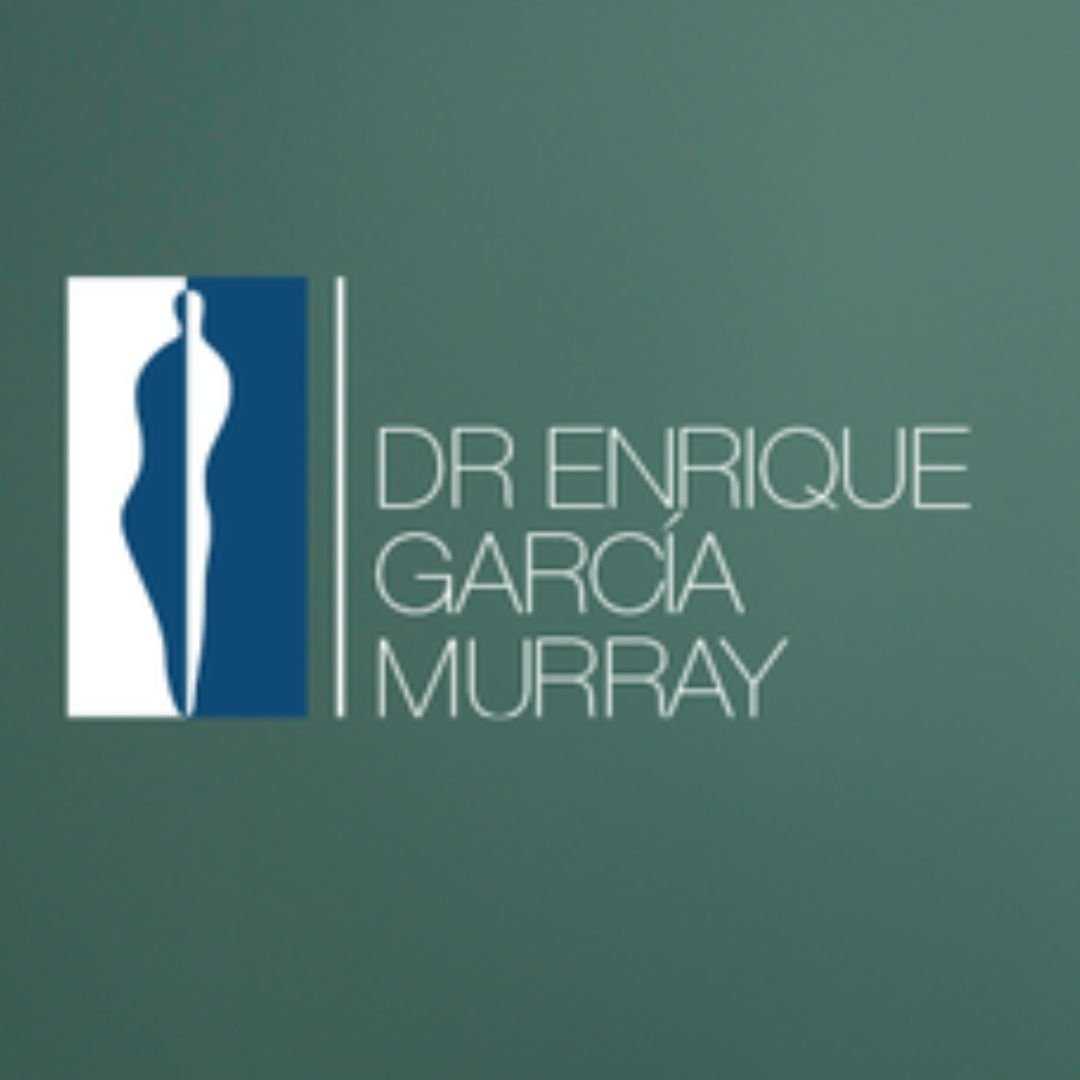Your Guide to Safe and Successful Hair Transplants in Mexico

Considering a hair transplant abroad often raises important questions, especially about safety. Mexico has become a top destination for hair restoration thanks to its affordability and growing number of reputable clinics.
So, is it safe to get a hair transplant in Mexico? Yes, when you choose the right clinic and surgeon, the procedure can be both safe and effective.
This guide will help you navigate the process: how to find a trustworthy clinic, what to look for in a qualified surgeon, and what steps ensure the best results. With the right research and preparation, you can confidently pursue your treatment while prioritizing your health and desired outcome.
What factors contribute to the safety of hair transplants in Mexico?
The safety of any medical procedure, including hair transplants, heavily relies on the standards maintained by the medical facility and its practitioners. In Mexico, many clinics operate with a strong commitment to patient safety, boasting modern equipment, sterile environments, and highly trained staff.
These facilities often seek international accreditations, such as those from the Joint Commission International (JCI), which signifies adherence to rigorous global healthcare standards.
Furthermore, the expertise of the surgeon is a critical factor. Many hair transplant surgeons in Mexico have received training from renowned international institutions and are members of prestigious organizations like the International Society of Hair Restoration Surgery (ISHRS).
Their experience with various hair loss patterns and techniques like FUE (Follicular Unit Excision) and FUT (Follicular Unit Transplantation) directly impacts the success and safety of your procedure. Always verify a surgeon's credentials and experience before committing.
What is the average cost of a hair transplant in Mexico?
One of the primary reasons people consider a hair transplant in Mexico is the significant cost savings compared to countries like the United States or Canada.
While prices vary, you can generally expect to pay a fraction of the cost without necessarily compromising on quality. The total price is usually calculated based on the number of grafts needed to achieve the desired density and coverage, with each graft containing 1-4 hair follicles.
Factors influencing the cost include the clinic's location (major cities like Tijuana, Cancun, or Guadalajara might have slightly different pricing structures), the surgeon's experience, and whether the package includes accommodation, transfers, or post-operative care.
It is crucial to get a detailed quote that outlines all inclusions and potential additional fees to avoid surprises. Here's a general comparison:
| Procedure | Average Cost in Mexico | Average Cost in USA/Canada |
|---|---|---|
| FUE (Follicular Unit Excision) | $3,000 - $8,000 | $8,000 - $15,000+ |
| FUT (Follicular Unit Transplantation) | $2,500 - $7,000 | $6,000 - $12,000+ |
How does the quality of Mexican hair transplant clinics compare to others?
The quality of hair transplant clinics in Mexico varies, but many that cater to international patients maintain world-class standards. These clinics invest in modern technology, skilled professionals, and high safety protocols, often matching or surpassing those in North America or Europe.
Key signs of a quality clinic include:
-
Advanced technology: Automated FUE or robotic systems for precise grafting.
-
Sterile environments: Strict infection-control measures.
-
Comprehensive care: Pre-op consultations, post-op guidance, and follow-up support.
-
Transparent communication: Clear explanations of procedures, risks, and outcomes.
When choosing a clinic, look beyond price—check reviews and before-and-after photos to gauge real patient results and experiences.
Are hair transplant surgeons in Mexico board-certified?
Yes, a significant number of hair transplant surgeons in Mexico hold board certifications. These certifications are a strong indicator of a surgeon's expertise and commitment to their specialty. Board certification means that the surgeon has completed rigorous training, passed challenging examinations, and often maintains ongoing education requirements. When researching potential surgeons, look for certifications from:
- The Mexican Board of Plastic, Aesthetic and Reconstructive Surgery (CMCPER) for plastic surgeons.
- Specific international hair restoration societies like the International Society of Hair Restoration Surgery (ISHRS).
- Other relevant medical boards or associations that specialize in dermatology or cosmetic procedures.
- Always verify a surgeon's credentials directly with the certifying body if possible. A reputable clinic will be transparent about their surgeons' qualifications and readily provide this information. Choosing a board-certified surgeon significantly enhances the safety and success rate of your hair transplant procedure.
What are the risks associated with hair transplants in Mexico?
Like any surgical procedure, hair transplants carry potential risks, regardless of where they are performed. When opting for a hair transplant in Mexico, these risks are generally the same as those you might face in your home country, provided you choose a qualified clinic. Common risks include:
- Infection: Though rare with proper hygiene and post-operative care, infection at the donor or recipient sites is a possibility.
- Scarring: FUT procedures leave a linear scar, while FUE leaves tiny dot scars, which are usually not noticeable with short hair. Poor technique can lead to more prominent scarring.
- Unnatural Results: If the hairline design or graft placement is poorly executed, the results can look unnatural or "pluggy."
- Poor Graft Survival: Grafts may not survive if they are handled improperly or if post-operative care instructions are not followed.
- Numbness or Tingling: Temporary or, in rare cases, permanent altered sensation in the scalp.
- Swelling and Bruising: Common post-operative side effects that typically subside within a week.
Choosing a highly experienced, board-certified surgeon and a reputable clinic significantly mitigates these risks. They will adhere to strict protocols, provide detailed pre- and post-operative instructions, and be equipped to manage any complications that may arise.
How to choose a reputable hair transplant clinic in Mexico?
Selecting the right clinic is the single most important step for a safe and successful hair transplant in Mexico. This decision requires thorough due diligence. Here's a checklist to guide your selection process:
- Surgeon Qualifications: Verify their medical license, board certifications, and experience specifically in hair restoration.
- Clinic Accreditation: Look for international accreditations (e.g., JCI) or recognition from national medical bodies. Ensure the facility is clean, modern, and maintains high hygiene standards.
- Patient Testimonials & Reviews: Read reviews on independent platforms and look for consistent positive feedback regarding results, patient care, and safety.
- Before-and-After Photos: Request to see a portfolio of their previous work. This will give you a realistic idea of the quality of their results.
- Consultation Process: A reputable clinic will offer a detailed consultation, either in person or virtually, to assess your hair loss, discuss your goals, explain the procedure thoroughly, and outline all costs.
- Transparency: Ensure the clinic is transparent about their pricing, what's included, and any potential risks. Avoid clinics that pressure you into making a quick decision or offer deals that seem too good to be true.
- Post-Operative Care: Understand what kind of follow-up care and support they provide after the procedure.
What is the recovery process like after a hair transplant in Mexico?
Recovery after a hair transplant is key to achieving the best results—and it’s similar whether you have the procedure in Mexico or elsewhere. After surgery, you may notice mild swelling, tenderness, and small scabs around the transplanted area.
Post-operative care usually includes:
-
Keeping the scalp clean and moisturized with recommended products
-
Avoiding strenuous activity, sun exposure, and hats for a set time
-
Sleeping with your head elevated to reduce swelling
-
Taking prescribed pain or antibiotic medications
It’s normal for transplanted hairs to shed within 2–4 weeks. New growth begins around 3–4 months, thickening over the next 6–12 months, with final results visible by 12–18 months. Following your surgeon’s instructions carefully ensures a smooth recovery and long-lasting results.
Is Mexico a good destination for general medical tourism?
Mexico has become a global leader in medical tourism, attracting millions of patients each year seeking a wide range of treatments. This reputation isn't just for cosmetic procedures like hair transplants; it extends to dental work, bariatric surgery, orthopedic procedures, and even complex cardiac care. The country's appeal stems from a combination of factors that make it an attractive option for patients worldwide. Key reasons for Mexico's popularity in medical tourism include:
- Cost-Effectiveness: Procedures can be 40-70% less expensive than in the United States or Canada.
- Geographic Proximity: Especially convenient for patients from North America, offering easy travel options.
- Accredited Facilities: A growing number of hospitals and clinics hold international accreditations, ensuring high standards of care.
- Experienced Specialists: Many Mexican doctors are U.S.-trained and board-certified, often fluent in English.
- Advanced Technology: Clinics frequently invest in the latest medical technologies and equipment.
While the quality is generally high in reputable facilities, patients must still exercise due diligence to research and select accredited providers to ensure a safe and positive medical tourism experience.
What should I consider when planning medical travel to Mexico?
Planning medical travel requires more than just choosing a clinic; it involves logistical considerations to ensure a smooth and safe journey. Here are essential factors to consider:
- Travel Logistics: Book flights and accommodation well in advance. Consider clinics located near major airports or in cities with good infrastructure.
- Visa and Passport Requirements: Ensure your passport is valid and check if a visa is required for your stay.
- Language Barriers: While many medical staff in medical tourism clinics are English-speaking, it's wise to confirm or consider hiring a medical interpreter for crucial discussions if needed.
- Insurance Coverage: Verify if your domestic health insurance covers medical procedures or complications abroad. Consider purchasing medical travel insurance.
- Companion Travel: Decide if you need a travel companion for support, especially for post-operative recovery.
- Local Transportation: Plan how you will get to and from the clinic, airport, and accommodation. Many clinics offer transport services.
- Post-Operative Stay: Allow enough time for initial recovery in Mexico before traveling back home, as recommended by your surgeon.
- Emergency Plan: Understand the clinic's emergency procedures and have contact information for local emergency services.
How can PlacidWay assist with finding hair transplant options in Mexico?
Exploring medical options abroad can feel overwhelming, but PlacidWay makes the process simple and secure. The platform connects patients with trusted medical facilities and specialists worldwide, including leading hair transplant clinics in Mexico.
What PlacidWay offers:
-
Vetted clinics: Only verified clinics and surgeons that meet strict quality and safety standards.
-
Transparent details: Clear information on procedures, surgeon credentials, and pricing.
-
Real patient reviews: Honest feedback to help you make informed choices.
-
Personalized support: Assistance with consultations, travel, and treatment coordination.
With PlacidWay, you can confidently explore safe, high-quality hair transplant options in Mexico, backed by expert guidance and reliable information every step of the way.


.png)




-for-Vancouver-Patients-in-Guadalajara,-Mexico.jpg)

.png)







Share this listing